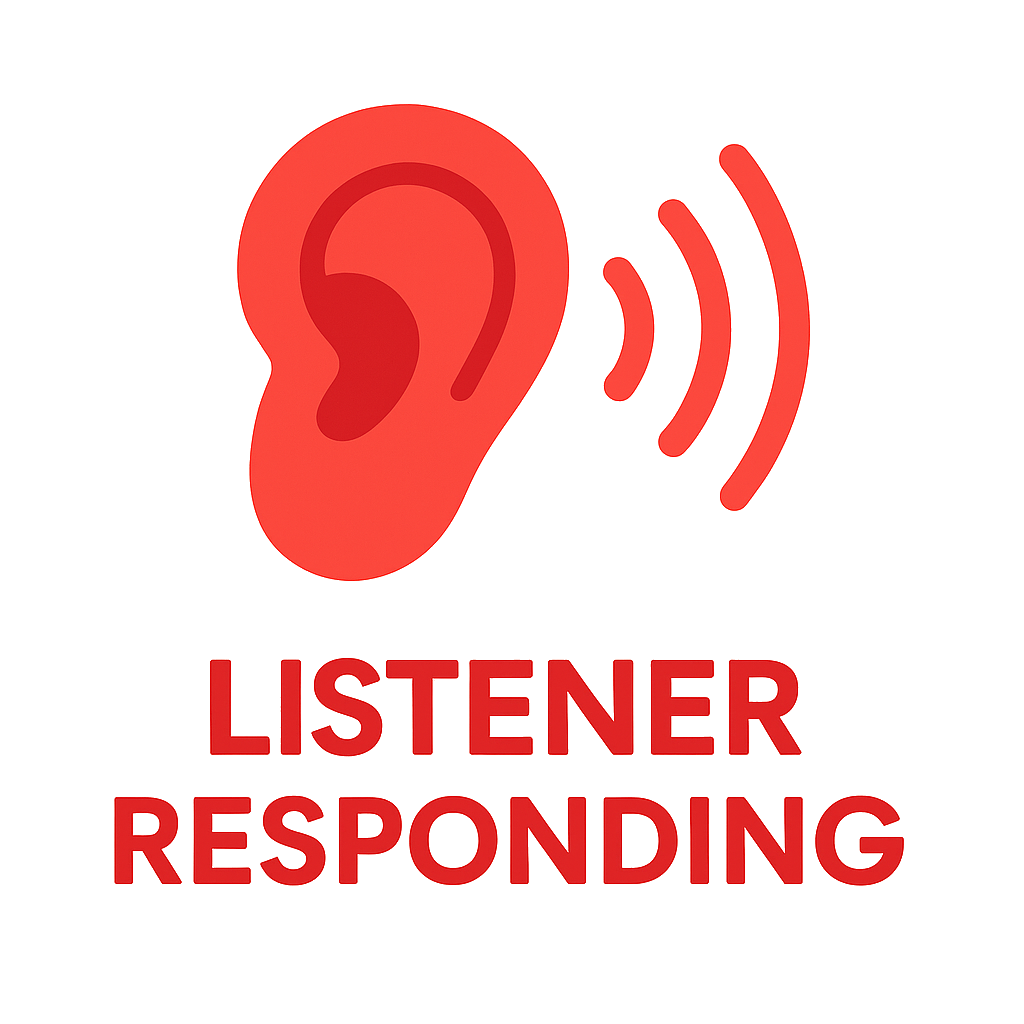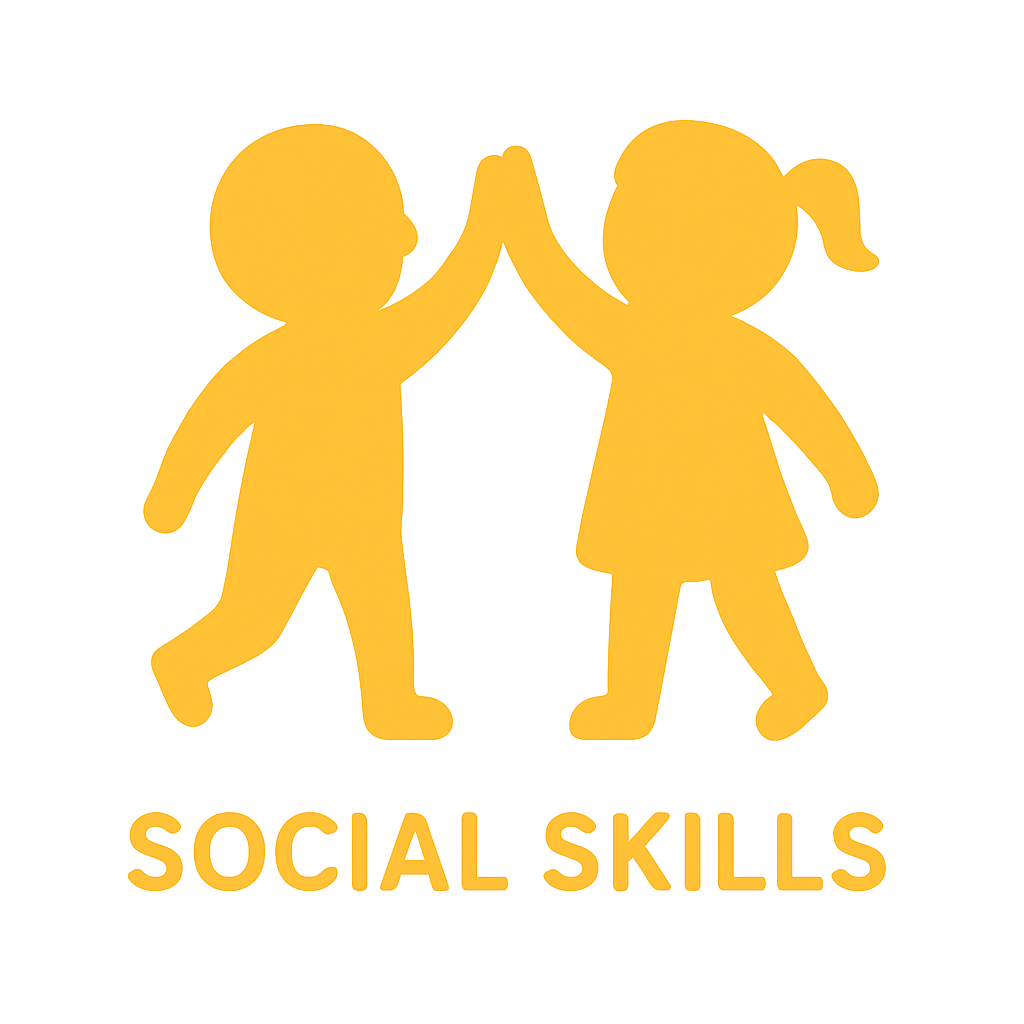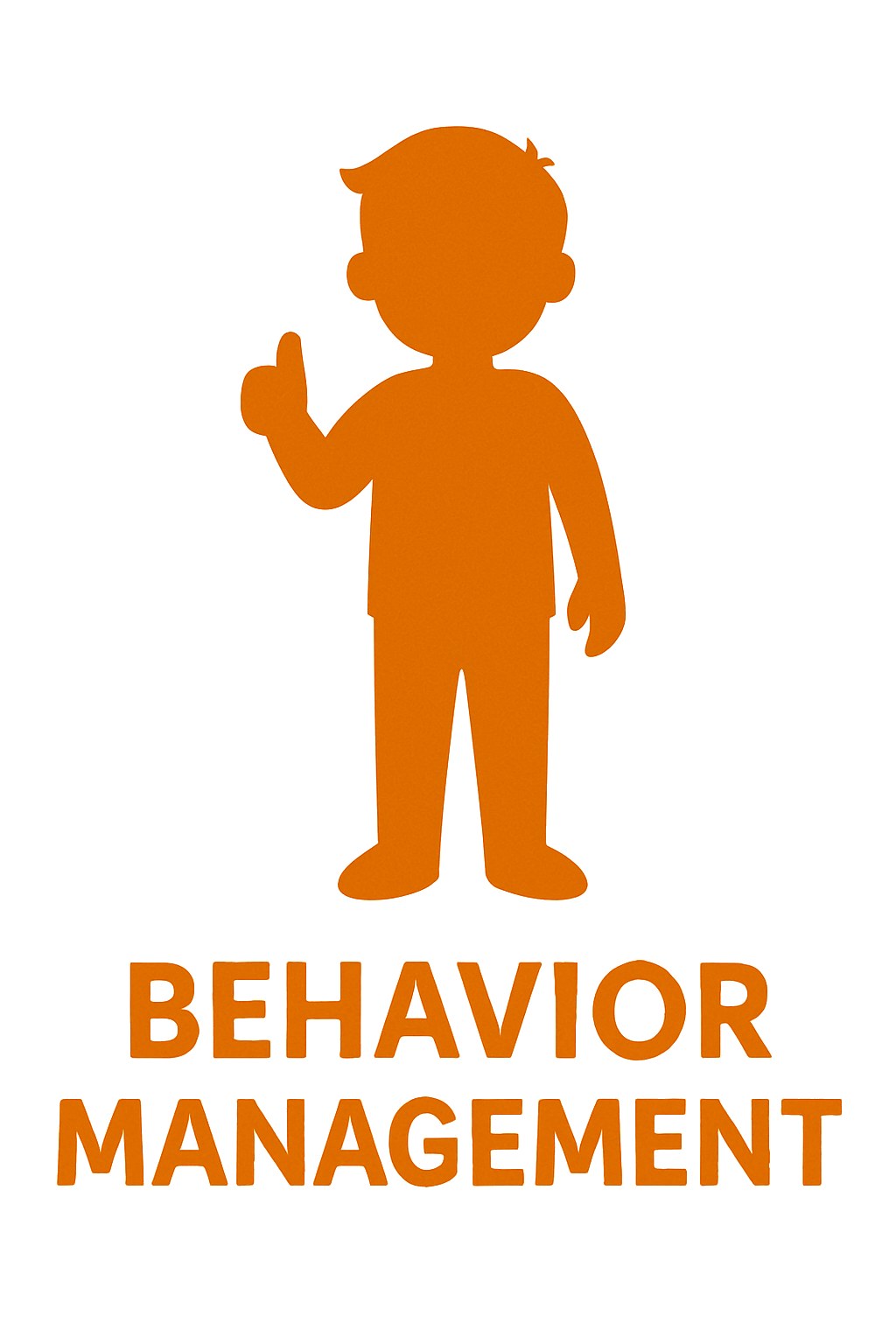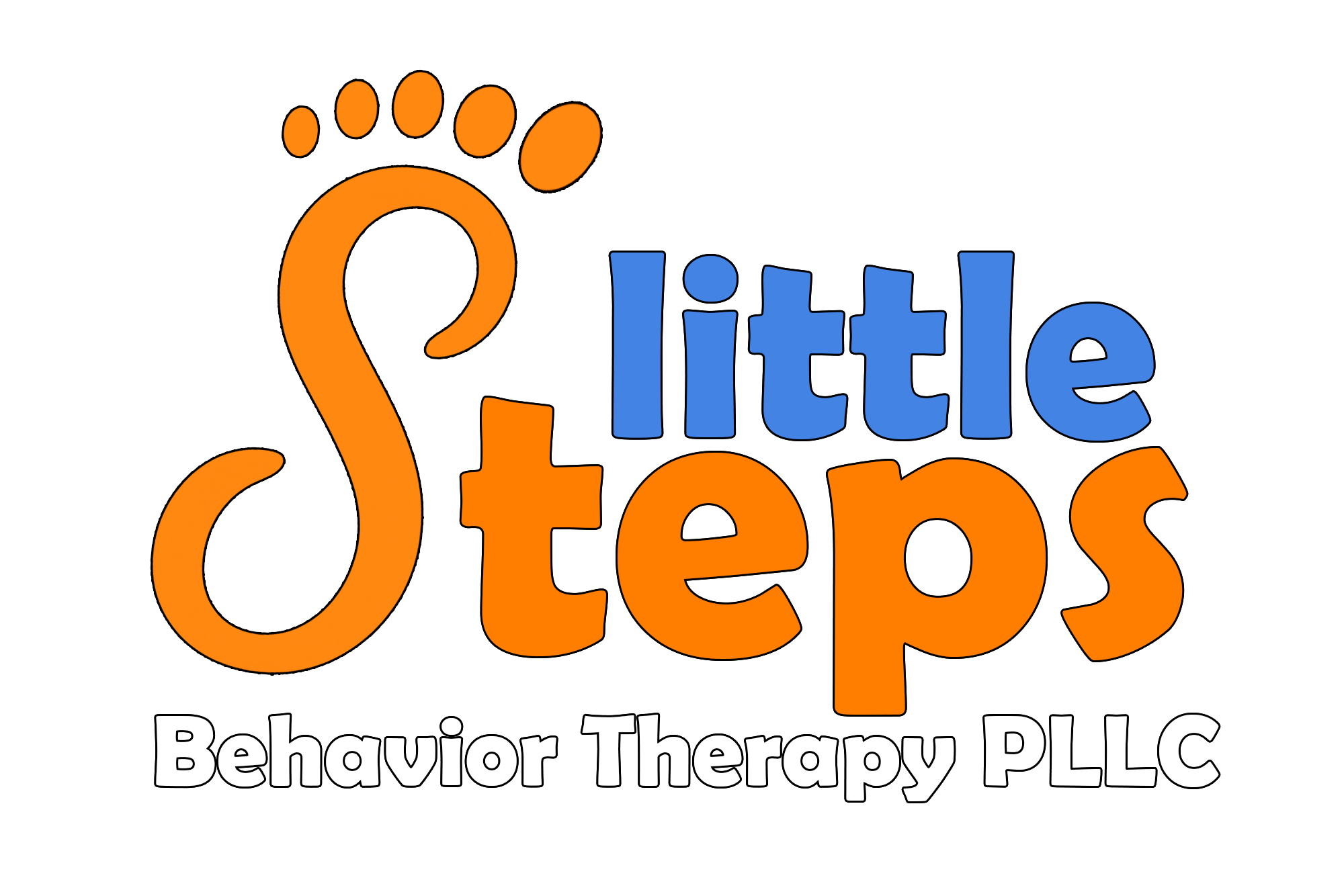Our Services
Raising the standard for ABA in DFW by providing expert-led, client-centered, and home-based care. Serving Grapevine, Colleyville, Hurst, Irving, Coppel, Southlake, and the surrounding areas.
Founded to Raise the Bar
Little Steps was founded in 2025 to elevate the standards of Applied Behavior Analysis (ABA) across the DFW area. We provide services exclusively through master's-level clinicians, offering one of the highest BCBA-to-client ratios in the region.
In-Home Therapy

We believe learning should happen where real life happens: in your home with family. At Little Steps, we provide ABA exclusively in-home and in the community.
BCBA-Led Services
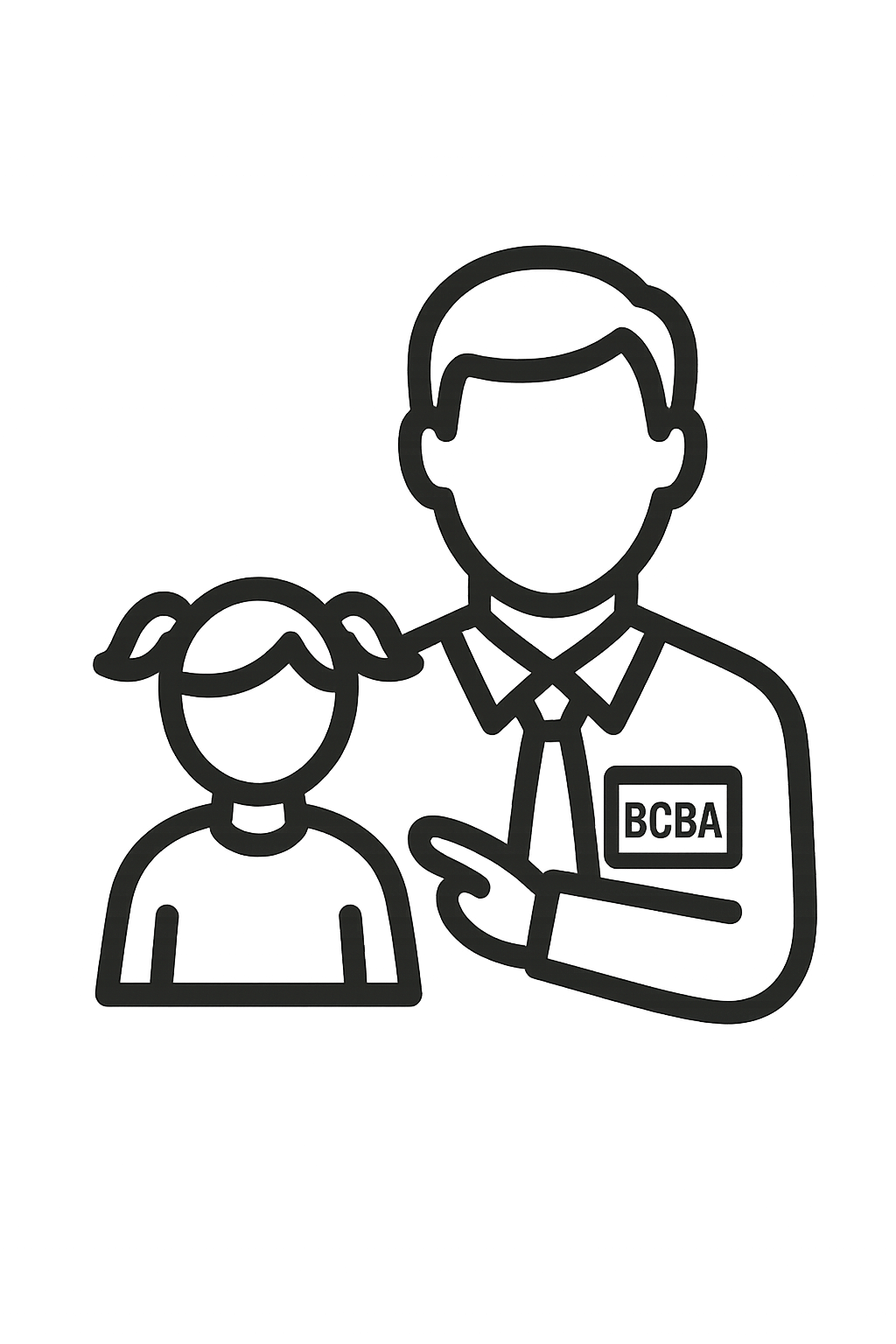
Quality is at the heart of everything we do. Each child’s program is designed and delivered by a Board-Certified Behavior Analyst (BCBA). That means no rotating staff, no miscommunication, just consistent, expert-led care from someone who truly knows your child.
Client-Focused

We specialize in early intervention to get the maximum out of our client’s critical period which typically spans from birth to 5 years of age. Our BCBAs have small caseloads to guarantee consistency and focus on your child.
Short Stays, Big Gains

Our goal is not long-term dependency, it's progress. We focus on building the foundational skills children need to learn independently and empowering parents to continue that learning. We emphasize rapid skill acquisition to close age-equivalent skill gaps.
Our Curriculum
Our curriculum is based on two components, skill acquisition and behavior management.
Skill Acquisition
We utilize the VB-Mapp to determine skill deficits and unlike other clinics that use that as a roadmap to build their interventions, we strictly use it as a tool to measure our progress, not a template for treatment. Once the assessment is complete, we will create an individualized curriculum to minimize skill deficits and treat functional replacement skills
Behavior Reduction
We believe that behaviors occur for a reason and treat them as communication. It is our goal to understand the “Why” behind the behavior and teach replacement behaviors so that they can get what they need in a socially appropriate way.
Skills We Target
Behavior Management
Our approach to behavior management.

Our Approach to Behavior Management
Click any root on the tree to reveal our Behavior Management philosophy, one leaf at a time.
Start with Compassion
We believe that joy in learning begins with compassion in care. We prioritize each child’s emotional experience above all else. When a treatment goal conflicts with how a child is feeling, we adjust our approach to ensure progress happens in a way that feels safe, respectful, and collaborative. We prioritize creating a supportive environment where children feel safe and heard.
Skill Focused
We treat behaviors as communication and a deficit in skills, rather than a problem that needs to be fixed. By focusing on the specific deficits that may be causing the behavior, we can decrease the challenging behavior in a way that increases client joy and the development of socially appropriate skills.
Assent brings Engagement
Typical ABA programs focus on implementing extinction-based procedures in combination with reinforcement, which can be aversive to clients, may increase the intensity and frequency of problem behaviors, and are oftentimes used ineffectively since it is not possible to eliminate the reinforcement of every instance of behavior. We believe that all aspects of treatment, even behavior management, should implement the least restrictive measures and include the child's agreement as well. When the child's interests and feelings are listened to, engagement in treatment increases.
Trust & Safety First
Behavior management should be consistent and understood by the learner. By providing predictable responses to behavior, access to reinforcement, and boundaries, the child is able to understand and agree to participate in treatment. When conflicts between assent and safety occur, prioritize safety while still honoring the child’s voice and modifying our approach to regain trust.
The Assent Compass
Explore how we navigate trust, consent, and collaboration in ABA therapy.
Select a Direction
Click or tap a compass point to learn more about that aspect of assent.
What is Assent?
Risks of Ignoring
Assent Withdrawal
Benefits of Valuing Assent
What is Assent?
Assent refers to a client’s willingness to participate in therapy, through verbal or non-verbal means. Assent is different from consent (which is typically given by a legal guardian). At Little Steps, your child is at the heart of our program and we want them to agree to participate in treatment as well. We will always look for the least restrictive and most preferred measures for interventions.
Risks of Ignoring Assent
While ABA has long focused on the results of care, the client’s experience has not always been at the forefront of our interventions. You may have read articles about adults on the spectrum that did not have a positive experience with ABA and those are a very real possibility when assent is not taken into consideration. Increase rates and intensity of behaviors, less interaction, low client participation, stress, and anxiety are all possible side effects of poorly implemented ABA that doesn’t honor assent.
What is Assent Withdrawal?
When a child shuts down, says “no,” avoids eye contact, or engages in challenging behaviors these are signs they’ve withdrawn assent and are no longer agreeing to participate in services. It’s also our cue that the child isn’t ready to participate in the activity that we want. Ignoring assent withdraw can have negative side effects.
Benefits of Valuing Assent
Respecting assent builds trust, improves learning, reduces escape behavior, and empowers the child’s voice in therapy. When a child understands that their preferences are respected and trust is established, they’re more willing to push boundaries and take more steps forward.
